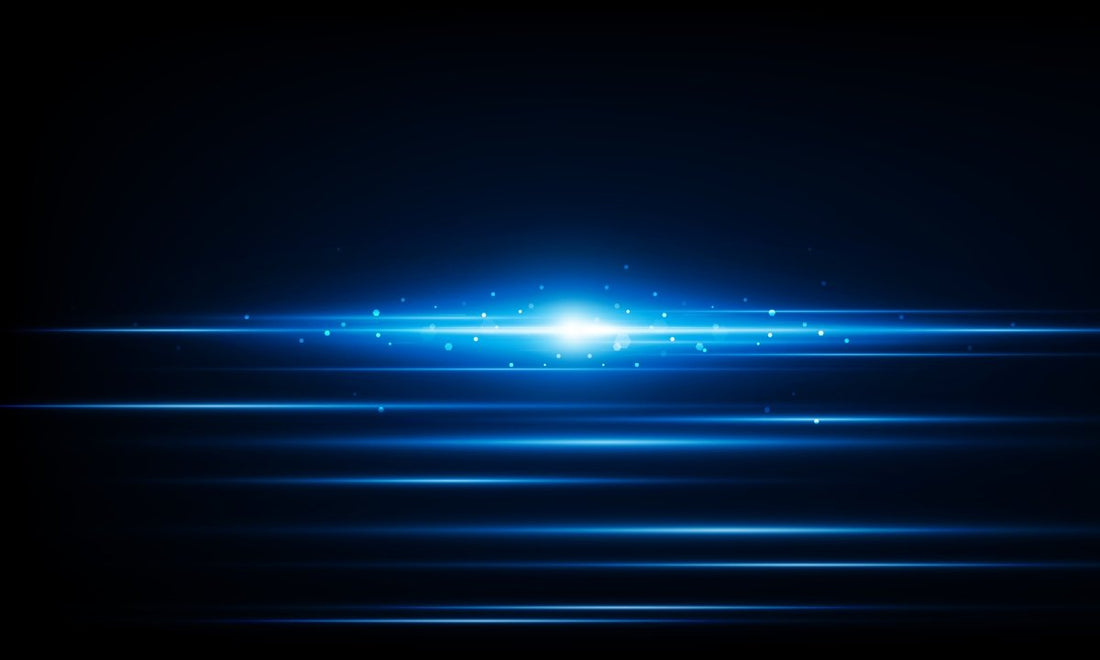
A lighting fixture with integrated LEDs is one that has LEDs built right into the luminaire. In contrast, a standard lamp configuration offers a location to swap out a conventional light bulb. Direct connections to low- or line-voltage electrical systems are made through integrated LED lighting. The design of LED fixtures is comparable to that of conventional lighting fixtures. But unlike other traditional fixtures, which cannot be used with LED light bulbs, they are specifically made to do so. Track lighting and ceiling lights are a couple of examples of fixtures.
How does Integrated Lighting Work?
An Integrated light fixture with an integrated LED bulb is made with LED lighting in mind. This not only prevents the need for bulb replacement but also improves the performance of the entire fixture. Even though LED light bulbs have a long lifespan and many advantages, you will ultimately need to replace them. All the advantages of LED light bulbs are combined with the convenience of integrated lighting.
How Should Integrated Lighting Be?
The use of LEDs opens up a wealth of brand-new design possibilities for fixtures. Fixtures have historically been sized to handle large bulbs and tubes due to necessity. However, because LEDs are small and can be integrated into modular pieces, a wide variety of new forms are possible.
Furthermore, by incorporating LEDs into fixtures, producers have optimised the compatibility and performance of all the product's parts, including the light source. Given the complexity of the technology used by LED lighting, which frequently includes smart control capabilities, many fixtures now optimise how the LEDs interact with the rest of the fixture.
What are the Benefits of Integrated Lighting?
Utilising modern technology, integrated lighting fixtures offer many benefits because you won't need to replace them on a frequent basis. With a predicted lifespan of 20 years when utilised for 8 hours each day, LEDs are essentially indestructible artificial lights. They will save you money because they need to be replaced less frequently.
Speaking of saving money, LED integrated lights utilise minimal power and approximately 50% less energy than an incandescent bulb, lowering your electricity costs.
Thanks to RGB-capable products, they also have a very flexible design, and can be utilised in any configuration, and offer a wide range of colour options. In addition to being composed of durable materials, LEDs are safe to use because they are almost indestructible and vibration-resistant.
LEDs are not at all hazardous to your health. LEDs won't flicker or hum like normal bulbs to give you headaches and eye strain, and they are not at all unhealthy for your health. Additionally, they don't release any mercury vapour, which poses a serious threat to both the environment and your health.
What are the Usage Areas of Integrated Lighting?
Integrated LEDs aren't just useful inside your house. An integrated LED light does not need to have delicate outside components like glass light bulbs. You can utilise integrated LED lights outside if the housing is waterproof.
Any time of year, integrated LED lights offer a great garden lighting solution. LED lights can be used as patio decorations for nighttime barbecues in the spring and summer as well as for holiday decorations in the winter. You are not restricted to using LEDs for floor lighting or above installations. In order to make dark corners of your house easier to see, such as the base of your stairs or the underside of cabinets, you can use integrated LED track lighting.
Additionally, integrated LED lighting isn't just for household furnishings. Both flashlights and camping lanterns benefit greatly from LED lighting. They are safe to use year-round without having to worry about the bulbs burning out. Using LED technology in outdoor lights allows us to use less capacity batteries and gives us more lumens than traditional lights.
What are the Differences Between LED Lighting and Integrated LED Lighting?
Integrated LED bulbs have an even higher lifetime rating than screw-in LED bulbs because of how they are fitted. Additionally, they are far more energy-efficient and more aesthetically pleasing. Integrated LED fixtures resemble LED ready fixtures, that is as far as the similarities go. The LED arrays are already included in integrated LED lighting fixtures. They lack normal "bulbs" that can be changed and are instead made to produce a certain hue and Lumen output. Integrated LED lighting fixtures frequently last a decade and often even longer. When they do burn out, customers will order a new LED array, or module, rather than going shopping for a replacement LED bulb.
On the other hand, similar to fluorescent, incandescent, and CFL lights, light-emitting diodes, or LEDs, are a type of light source. When compared to rival light bulbs, LEDs are significantly more energy-efficient and produce more brightness per watt. Depending on its intended usage, LEDs can be purchased as bulbs in a range of shapes and sizes.



